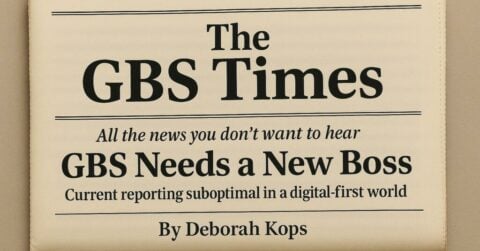
The BPO industry has long been heralded by McKinsey & Company and NASSCOM as the next growth engine of the global services industry. And for years, McKinsey has pointed to the theoretically huge, unaddressed services space that, in theory, could be open to labor arbitrage. But the reality is that the BPO industry itself is searching for the next big growth driver, as it continues to disappoint investors, providers, and customers as a source of additional value beyond labor arbitrage. This relentless, if misplaced, faith in the segment’s value prospects reminds me of the modern proverb attributed to Yogi Berra, “In theory there is no difference between theory and practice. In practice there is.”
However, the newly built BPaaS homes and those under construction may help spruce up the increasingly shabby BPO neighborhoods. BPaaS is attractive as it has the potential to substantially reduce a client’s TCO when compared to a traditional BPO model. It also promises a reduced capex and a utility-based opex. But perhaps the biggest benefit is the nirvana state of standardization and process harmonization that it can offer.
So, who’s building? And where?
Capgemini made a significant play in the procurement BPaaS space with its acquisition of IBX last year. And its on-demand platform already boasts several big tickets clients including Kraft, Novozymes, and Hilti.
TCS now has a dedicated platform-based BPO business division that offers clients several platforms across F&A, procurement, HR, and analytics. In fact, analytics could emerge as a major area for BPaaS solutions given the current low install base of legacy technologies in the space and organizations’ increasing yearning to utilize data for smarter decision making. And the exponential rise in unstructured data from social media, mobile users, and others is creating a space ripe for a BPaaS play.
BPaaS is also having a major impact on the HR function with platform-based HRO offerings from firms such as ADP. In fact, nearly 70 percent of all multi-process HRO contracts signed in 2010 had a platform-based solution, and propelled the adoption of HRO in the mid-market. BPaaS solutions catering exclusively to the mid-market, such as TCS’ iON, are also starting to emerge in other business areas.
On the other hand, BPaaS is not the be-all, end-all silver-bullet as most organizations are not looking for disruptive changes to their existing technology landscape. There is no big driver to a BPaaS model if the basic functionality already exists and if the installed base of such technologies is high. F&A BPO is one market in which BPaaS has not really taken off. Hence, the technology play in F&A BPO is largely around plugging gaps with point solutions or improving efficiencies with workflows.
Yes, swanky looking new BPaaS homes are being constructed in shabby BPO neighborhoods. But we still have to wait and watch how many people come and buy them.








